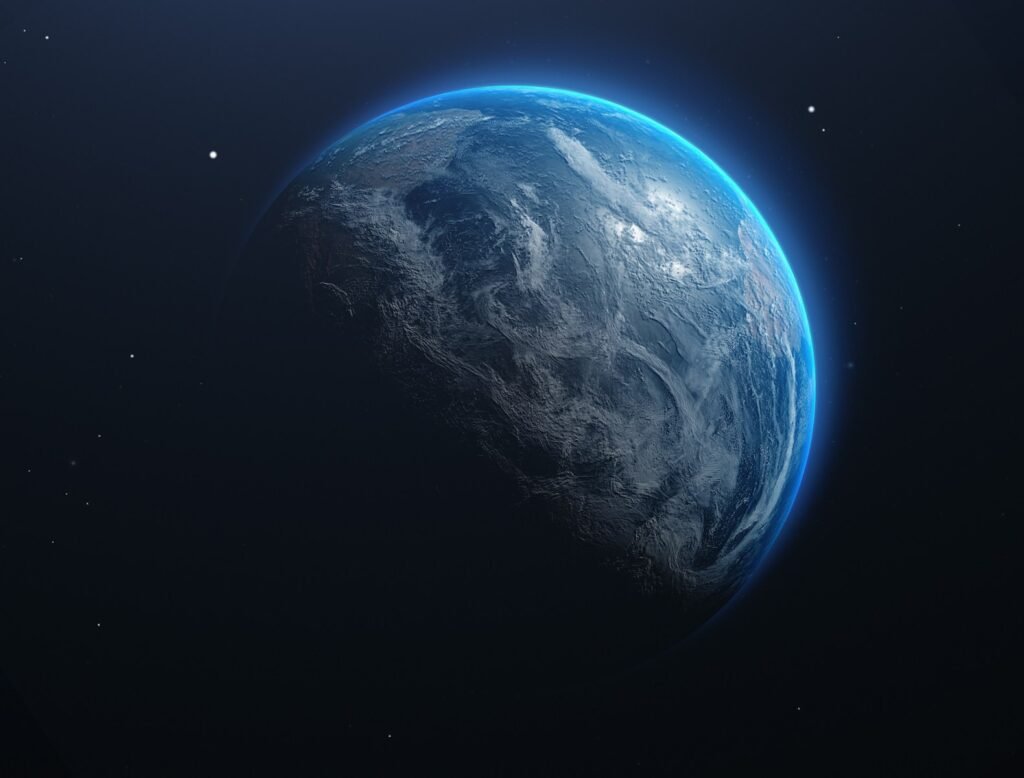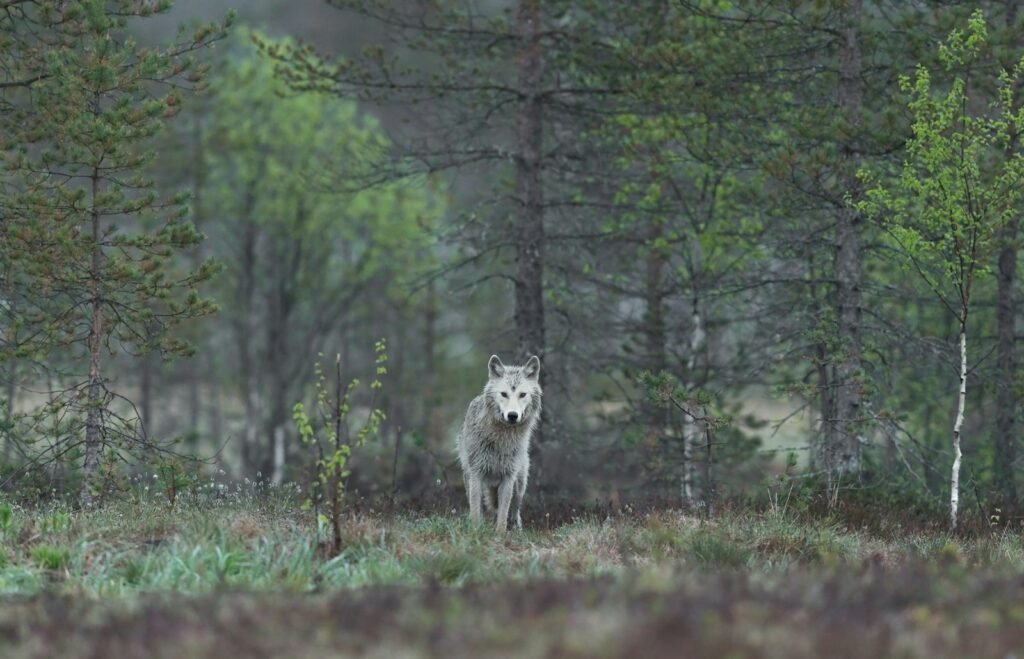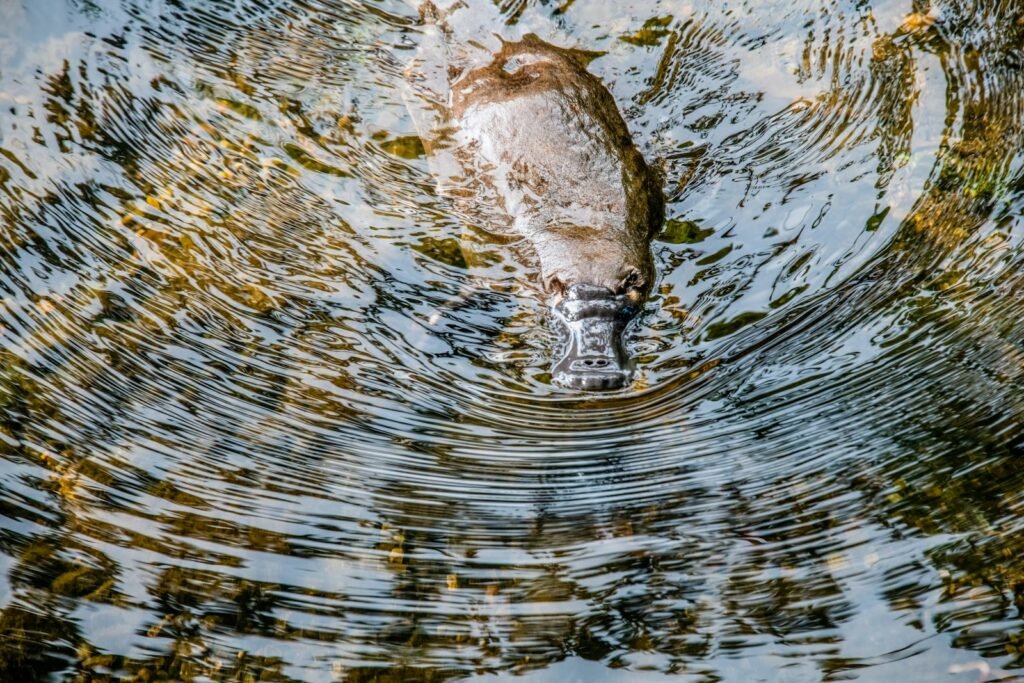Take a deep breath. Feel that life-giving oxygen filling your lungs? You’re experiencing one of the most remarkable phenomena in the known universe—a planet where nearly 21% of the atmosphere consists of this reactive, explosive gas. It’s so common we barely think about it, yet oxygen is actually one of the rarest atmospheric components across the cosmos. Without it, complex life as we know it would be impossible. But here’s the mind-bending part: there was a time when oxygen was toxic to most life on Earth, and there could come a time when it might disappear entirely.
The Great Oxygen Catastrophe That Created Our World
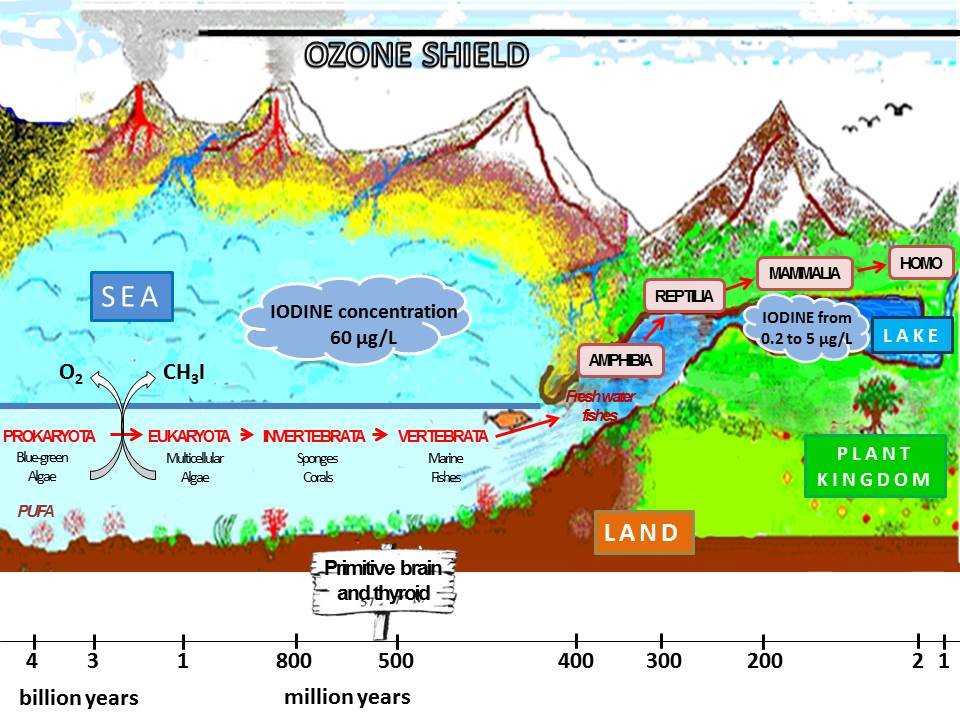
Around 2.4 billion years ago, Earth experienced what scientists call the Great Oxidation Event—though “catastrophe” might be a more accurate term. Before this period, our planet’s atmosphere contained virtually no free oxygen. The early atmosphere was a toxic soup of methane, ammonia, and carbon dioxide that would kill any modern animal within seconds.
Then came the cyanobacteria, primitive blue-green algae that evolved the ability to photosynthesize. These tiny organisms began pumping oxygen into the atmosphere as a waste product. What followed was one of the most dramatic mass extinctions in Earth’s history. For billions of anaerobic organisms, oxygen was poison—it literally rusted them from the inside out.
The survivors of this oxygen apocalypse eventually learned to harness this reactive gas for energy. This evolutionary leap made complex, multicellular life possible. Without this ancient disaster, you wouldn’t be here reading these words.
Photosynthesis: The Molecular Factory That Feeds the World

Every breath you take depends on one of nature’s most elegant chemical reactions. Photosynthesis is essentially a solar-powered factory that converts carbon dioxide and water into glucose and oxygen. Plants, algae, and some bacteria capture sunlight energy and use it to break apart water molecules, releasing oxygen as a byproduct.
The equation looks deceptively simple: 6CO₂ + 6H₂O + light energy → C₆H₁₂O₆ + 6O₂. But this process involves hundreds of complex molecular steps happening inside microscopic structures called chloroplasts. These green organelles contain chlorophyll, the molecule that gives plants their color and captures light energy.
Think of chloroplasts as tiny solar panels, but infinitely more sophisticated than anything humans have engineered. They operate at nearly 100% efficiency in converting light energy to chemical energy, something our best solar technology can only dream of achieving.
Forests: The Planet’s Breathing Lungs

Forests are often called the “lungs of the Earth,” and this metaphor captures their vital role in oxygen production. A single mature tree can produce enough oxygen for two people to breathe for an entire year. The Amazon rainforest alone generates about 20% of the world’s oxygen, earning it the nickname “the lungs of the planet.”
But forests do more than just produce oxygen—they’re massive carbon storage systems. Trees lock away carbon dioxide in their wood, leaves, and roots. When forests are destroyed, this stored carbon is released back into the atmosphere, contributing to climate change while simultaneously reducing the planet’s oxygen-producing capacity.
The relationship between forests and oxygen isn’t just about quantity—it’s about quality of life. Forest ecosystems create the complex, oxygen-rich environments that support incredible biodiversity. From the towering redwoods of California to the dense jungles of Borneo, these green cathedrals are oxygen factories that have been running continuously for millions of years.
Ocean Phytoplankton: The Invisible Oxygen Powerhouses

While forests get most of the attention, the ocean’s microscopic phytoplankton actually produce more oxygen than all terrestrial plants combined. These tiny floating organisms might be invisible to the naked eye, but they’re responsible for generating between 50-85% of the world’s oxygen. Every second breath you take comes from these oceanic microorganisms.
Phytoplankton are essentially the ocean’s version of grass—they form the base of marine food webs and convert sunlight into energy through photosynthesis. During spring blooms, these organisms can turn entire ocean regions into brilliant green swirls visible from space, creating oxygen on a scale that’s almost incomprehensible.
The health of phytoplankton populations directly affects global oxygen levels. Changes in ocean temperature, acidity, and nutrient availability can dramatically impact these organisms. When phytoplankton populations crash, the effects ripple through the entire planet’s oxygen budget.
The Oxygen Cycle: A Delicate Planetary Balance

Earth’s oxygen exists in a delicate balance between production and consumption. While plants and phytoplankton continuously produce oxygen through photosynthesis, it’s simultaneously being consumed by respiration, decomposition, and various chemical reactions. This creates a dynamic equilibrium that has remained relatively stable for hundreds of millions of years.
The oxygen cycle operates on multiple timescales. Short-term fluctuations happen daily as plants photosynthesize during daylight hours and respire at night. Seasonal changes occur as vegetation in the Northern Hemisphere goes dormant in winter, causing global oxygen levels to drop slightly. Long-term changes happen over geological timescales due to changes in the amount of plant life and ocean chemistry.
This balance is more precarious than it might seem. The residence time of oxygen in the atmosphere is only about 4,000 years—relatively short in geological terms. If oxygen production stopped tomorrow, atmospheric levels would begin declining within decades as existing oxygen is consumed by respiration and chemical reactions.
Why 21% Oxygen Is the Sweet Spot

Earth’s current oxygen concentration of approximately 21% isn’t arbitrary—it’s the result of millions of years of evolution and represents a critical sweet spot for life. This concentration is high enough to support the energetic demands of complex organisms while remaining low enough to prevent spontaneous combustion of organic matter.
If oxygen levels dropped to 16%, most animals would suffocate. Humans would struggle to survive at altitudes above sea level, and high-energy activities would become impossible. Fire would be difficult to start and maintain. Conversely, if oxygen levels rose to 25%, our planet would become a fire-prone world where even wet vegetation could ignite spontaneously.
The narrow range of breathable oxygen concentrations explains why complex life might be rare in the universe. A planet needs to maintain this precise balance for millions of years to support the evolution of large, active organisms. Too little oxygen, and life remains simple and microscopic. Too much, and the planet burns.
Ancient Oxygen Levels: When Giants Ruled the Earth

Earth’s oxygen levels haven’t always been 21%. During the Carboniferous period, about 300 million years ago, atmospheric oxygen reached a staggering 35%. This oxygen-rich atmosphere supported some of the largest insects that ever lived, including dragonflies with wingspans of over two feet and millipedes the size of automobiles.
These giant arthropods existed because their breathing system, which relies on passive diffusion through small tubes called tracheae, becomes more efficient in high-oxygen environments. The relationship between oxygen and body size is so strong that scientists can estimate ancient oxygen levels by studying fossil insect sizes.
The high oxygen levels of the Carboniferous also created a world of massive wildfires. Charcoal deposits from this period show evidence of fires that burned hotter and spread faster than anything we see today. These ancient infernos may have helped regulate oxygen levels by consuming vast amounts of organic matter and releasing carbon dioxide.
Climate Change and Oxygen: The Troubling Connection
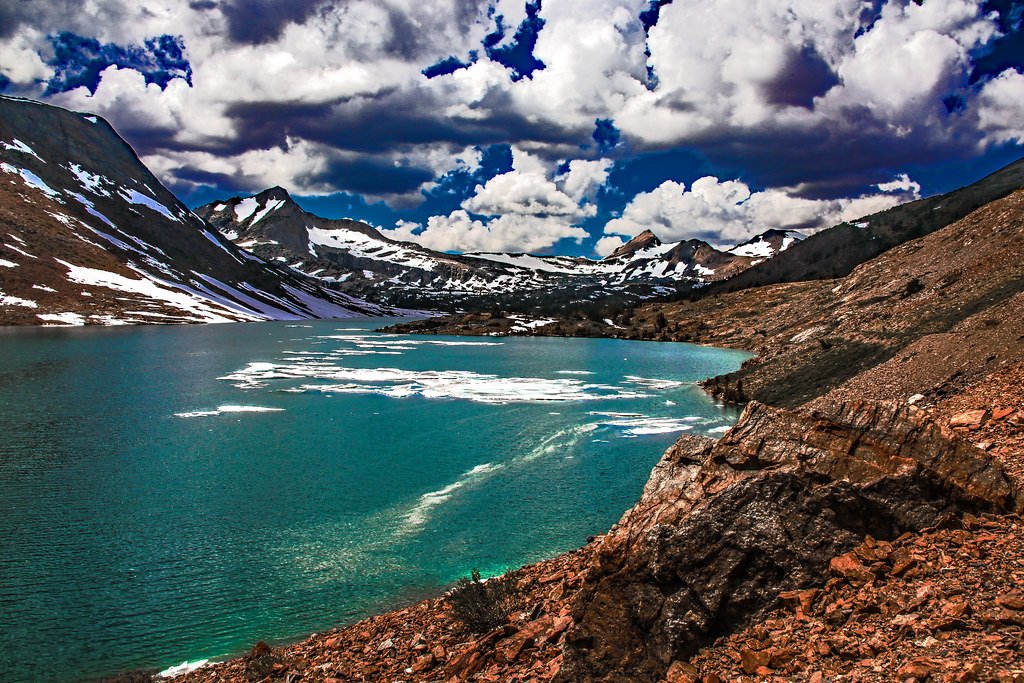
Climate change poses a direct threat to global oxygen production through multiple pathways. Rising temperatures stress both terrestrial and marine ecosystems, reducing their ability to produce oxygen. Ocean warming decreases the solubility of oxygen in seawater, creating expanding dead zones where marine life cannot survive.
Ocean acidification, caused by increased carbon dioxide absorption, disrupts the ability of shell-forming phytoplankton to build their calcium carbonate shells. These organisms are crucial oxygen producers, and their decline could have cascading effects on global oxygen levels. Some scientists warn that we’re approaching tipping points where these changes become irreversible.
The feedback loops are particularly concerning. As oxygen levels drop, the ability of ecosystems to respond to climate change decreases. Animals and plants under oxygen stress are less resilient to temperature changes, drought, and other climate impacts. This creates a vicious cycle where climate change reduces oxygen production, which in turn makes ecosystems more vulnerable to further climate change.
Deforestation: Cutting Off Earth’s Oxygen Supply

Every minute, the world loses about 40 football fields worth of forest to deforestation. This isn’t just a loss of trees—it’s a direct assault on the planet’s oxygen-producing capacity. When forests are cleared, decades or centuries of stored carbon are released into the atmosphere, while the land’s ability to produce oxygen is permanently diminished.
The Amazon rainforest has lost about 20% of its area since the 1970s, with devastating consequences for global oxygen production. What makes this particularly tragic is that rainforests are incredibly efficient oxygen producers. A single hectare of rainforest can produce 20 times more oxygen than the same area of grass or crops.
The ripple effects of deforestation extend far beyond oxygen production. Forest ecosystems regulate local weather patterns, prevent soil erosion, and support biodiversity. When forests disappear, entire regions can shift from oxygen-producing ecosystems to carbon-emitting wastelands. The transformation is often irreversible on human timescales.
Ocean Dead Zones: Where Oxygen Goes to Die

Across the world’s oceans, dead zones are expanding at an alarming rate. These are areas where oxygen levels have dropped so low that marine life cannot survive. The Gulf of Mexico dead zone, caused by agricultural runoff from the Mississippi River, can grow to the size of New Jersey during peak summer months.
Dead zones form when excess nutrients from fertilizers and sewage trigger massive algae blooms. When these algae die and decompose, the process consumes all available oxygen in the water. The result is an underwater wasteland where fish, crabs, and other marine life either flee or suffocate.
The number of dead zones has quadrupled since 1950, with over 400 now documented worldwide. These areas represent a double loss for planetary oxygen levels—not only do they stop producing oxygen, but they also consume it during the decomposition process. As dead zones expand, they’re turning parts of the ocean from oxygen sources into oxygen sinks.
The Oxygen Minimum Zones: Natural Low-Oxygen Regions

Even in healthy oceans, there are naturally occurring regions called oxygen minimum zones where oxygen levels are extremely low. These zones occur in areas where water circulation is limited and organic matter decomposition is high. They’re found in the eastern Pacific, northern Indian Ocean, and parts of the Atlantic.
What’s alarming is that these natural low-oxygen zones are expanding due to climate change. Warmer water holds less oxygen, and changing circulation patterns are reducing the mixing of oxygen-rich surface waters with deeper layers. Some models predict that these zones could expand by 50% by 2100.
The expansion of oxygen minimum zones creates a cascade of problems. Marine animals are forced into smaller habitable areas, leading to overcrowding and competition. Some species are evolving to tolerate lower oxygen levels, while others are going extinct. The changes are reshaping entire ocean ecosystems in ways we’re only beginning to understand.
Volcanic Eruptions: When Fire Consumes Oxygen

Massive volcanic eruptions can temporarily disrupt global oxygen levels through multiple mechanisms. When volcanoes erupt, they release enormous amounts of sulfur dioxide and ash into the atmosphere, which can block sunlight and reduce photosynthesis. The volcanic winter that follows major eruptions can last for years, dramatically reducing oxygen production.
The most extreme example is the Permian-Triassic extinction event 252 million years ago, likely triggered by massive volcanism in Siberia. This event, known as the Great Dying, killed over 90% of marine species and 70% of terrestrial species. Evidence suggests that volcanic gases and resulting climate changes created widespread oxygen depletion in both oceans and atmosphere.
Even smaller eruptions can have significant impacts. The 1815 eruption of Mount Tambora caused global cooling and crop failures, reducing the biomass of oxygen-producing plants worldwide. While these effects are temporary on geological timescales, they demonstrate how quickly the planet’s oxygen balance can be disrupted by sudden environmental changes.
The Role of Soil in Oxygen Production

Healthy soil is a crucial but often overlooked component of the oxygen cycle. Soil microorganisms break down organic matter through processes that both consume and release oxygen. Well-aerated soils support plant root systems that are essential for efficient photosynthesis and oxygen production.
Soil degradation from industrial agriculture, urban development, and erosion reduces the earth’s ability to support oxygen-producing vegetation. Compacted soil with poor structure cannot support healthy plant growth, while eroded soil lacks the nutrients and organic matter needed for robust ecosystems.
The relationship between soil health and oxygen production is particularly important in grasslands and agricultural areas. Healthy grassland soils can support vegetation that produces substantial amounts of oxygen while storing carbon underground. When these soils are degraded, the land’s oxygen-producing capacity can drop by 50% or more.
Technology and Artificial Oxygen Production

As natural oxygen production faces increasing threats, scientists are exploring technological solutions to supplement or replace natural processes. Artificial photosynthesis systems use solar energy to split water molecules and produce oxygen, mimicking the process that plants have perfected over billions of years.
Some researchers are developing large-scale algae cultivation systems that could produce oxygen more efficiently than natural ecosystems. These bioreactors can be optimized for maximum oxygen production and could theoretically operate in environments where natural photosynthesis is limited.
However, the scale of technological intervention needed to significantly impact global oxygen levels is staggering. The entire industrial capacity of human civilization would need to be redirected toward oxygen production to match what natural ecosystems do effortlessly. This underscores the irreplaceable value of protecting and restoring natural oxygen-producing systems.
Space Exploration and Oxygen: Lessons from Other Worlds

The search for life on other planets has taught us valuable lessons about the rarity and importance of oxygen. Mars once had a thicker atmosphere and possibly liquid water, but it lost its oxygen billions of years ago. The planet’s weak magnetic field allowed solar wind to strip away its atmosphere, leaving behind the thin, oxygen-poor atmosphere we see today.
Venus presents an even more extreme example. Despite being similar in size to Earth, Venus has no free oxygen in its atmosphere. Instead, it has a crushing carbon dioxide atmosphere that creates a runaway greenhouse effect. Surface temperatures reach 900°F—hot enough to melt lead.
These planetary comparisons highlight how special Earth’s oxygen-rich atmosphere really is. The presence of abundant oxygen is not just rare—it’s actively maintained by life itself. Without continuous biological processes, Earth would likely lose its oxygen over geological timescales, much like Mars did billions of years ago.
The Future of Earth’s Oxygen: Tipping Points and Predictions

Climate models suggest that Earth’s oxygen levels could change dramatically over the next century. The most concerning scenario involves the collapse of major oxygen-producing ecosystems, particularly in the oceans. If phytoplankton populations crash due to ocean acidification and warming, global oxygen levels could drop by several percentage points.
Some scientists predict that we’re approaching critical tipping points where changes become irreversible. The Amazon rainforest may be close to transitioning from a carbon sink to a carbon source, while Arctic permafrost melting could release vast amounts of stored carbon. These changes would accelerate the decline of oxygen-producing ecosystems.
The timeline for significant oxygen depletion remains uncertain, but the direction of change is clear. Without dramatic action to reduce greenhouse gas emissions and protect ecosystems, future generations may inherit a world with measurably less oxygen than we enjoy today.
What Individual Actions Can Make a Difference

While the scale of the oxygen crisis might seem overwhelming, individual actions can contribute to solutions. Supporting reforestation efforts, reducing energy consumption, and choosing sustainable products all help protect oxygen-producing ecosystems. Even small changes in daily habits can have cumulative effects when multiplied across millions of people.
Gardening and urban forestry initiatives directly contribute to oxygen production while improving local air quality. Native plant gardens are particularly effective because they’re adapted to local conditions and support diverse ecosystems. A single tree planted today could produce oxygen for decades or centuries.
Political and economic choices also matter. Supporting policies that protect forests, regulate industrial emissions, and promote renewable energy helps address the root causes of oxygen depletion. Consumer choices that favor sustainable products and companies with strong environmental practices send market signals that can drive systemic change.
Conservation Success Stories: Hope for the Future

Despite the challenges, there are remarkable success stories in oxygen conservation and ecosystem restoration. Costa Rica has reversed deforestation trends and now has more forest cover than it did 50 years ago. The country’s payment for ecosystem services program compensates landowners for protecting forests, creating economic incentives for conservation.
Marine protected areas have shown impressive results in restoring ocean oxygen levels. The Monterey Bay National Marine Sanctuary has seen significant recovery of kelp forests and marine life since its establishment. These underwater forests are prolific oxygen producers and support diverse ecosystems.
Technological innovations are also providing hope. Advances in renewable energy are reducing the demand for fossil fuels, while precision agriculture techniques are reducing the nutrient runoff that creates ocean dead zones. These examples demonstrate that with focused effort and appropriate policies, it’s possible to reverse declining trends in oxygen production.
Conclusion: The Breath of Life in Our Hands

Earth’s oxygen-rich atmosphere is both a miracle and a responsibility. This precious gas that fills our lungs with every breath is the product of billions of years of evolution and millions of interconnected biological processes. From the microscopic phytoplankton in our oceans to the towering trees in our forests, an invisible army of organisms works tirelessly to maintain the oxygen levels that make complex life possible.
The threats to this system are real and accelerating. Climate change, deforestation, ocean acidification, and pollution are disrupting the delicate balance that has sustained life on Earth for millions of years. The consequences of inaction extend far beyond environmental concerns—they threaten the very air we breathe.
Yet the story of oxygen also offers hope. The same biological processes that created our breathable atmosphere continue to operate today, ready to restore balance if given the chance. Every tree planted, every forest protected, and every policy enacted to reduce emissions contributes to maintaining the oxygen levels that future generations will depend on. The question isn’t whether we can preserve Earth’s oxygen—it’s whether we will choose to do so. What will you do with your next breath?

